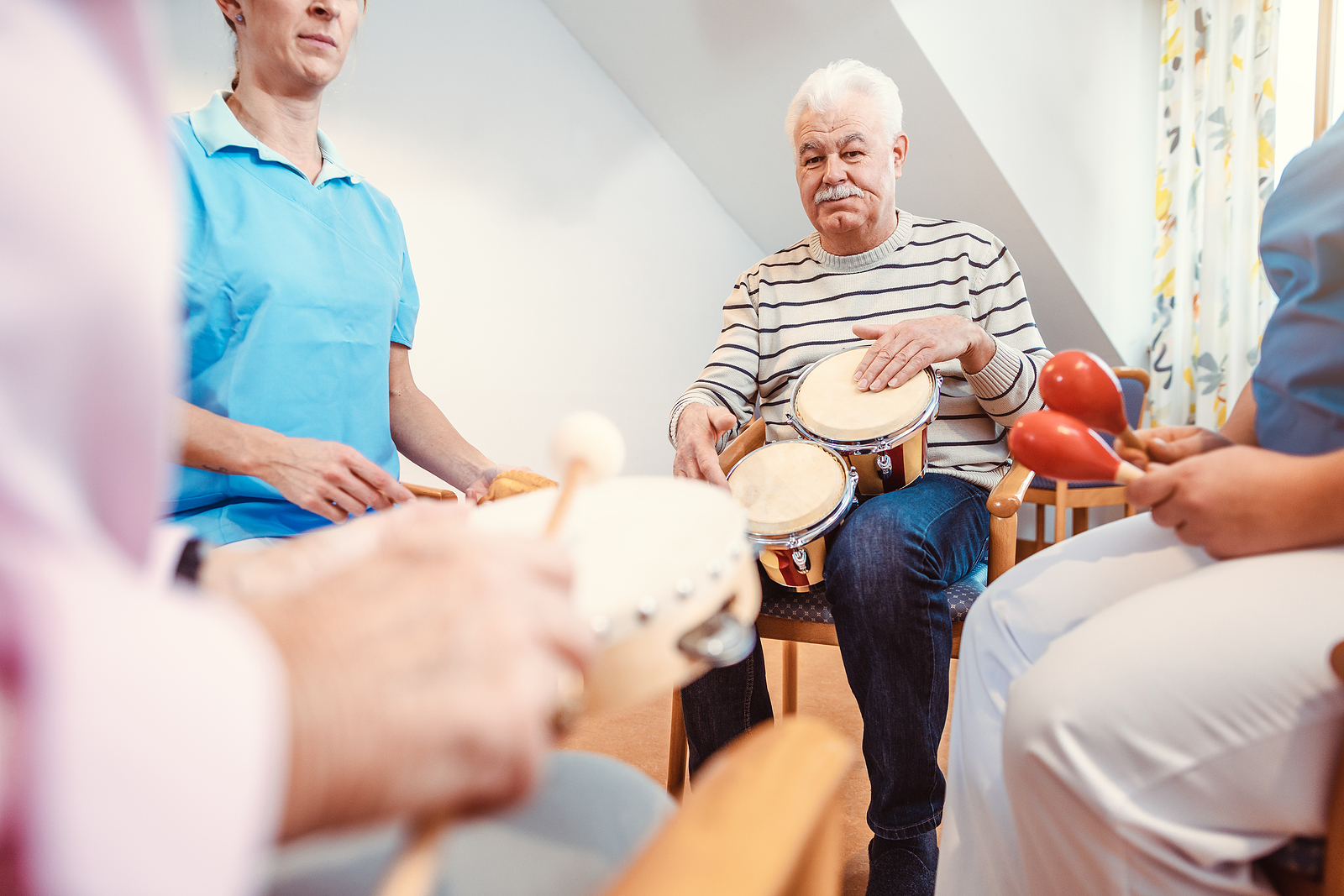 How can a song reverse an ‘incurable’ disease like Parkinson’s?
How can a song reverse an ‘incurable’ disease like Parkinson’s?
Sounds impossible!
But a new study published in the Journal of Bodywork and Movement Therapies shows exactly how this happens – and how you can do the same.
The authors of this study recruited 13 people who had been diagnosed with Parkinson’s disease to test whether music therapy could improve their cognition, balance, mobility, muscle strength, and overall disability level.
They tested their subjects’ performance on these measurements at the beginning of the study, after which they provided music therapy for all of them.
They then discontinued the music therapy for a second study period, after which the subjects’ functioning was re-tested.
In so doing, they examined their subjects’ performance in the presence and absence of music therapy.
They discovered that their subjects performed better in balance, mobility, and cognitive tests during the music therapy period than their performance prior to the study. In other words, music therapy improved their condition.
But these improvements were not maintained when the music therapy ended, showing that it is similar to physical exercise: it works while you do it, but its effects are not permanent.
So why exactly does music therapy work for Parkinson’s patients? Scientists have several theories.
Firstly, music produces joy; it makes us feel happy. Positive mood facilitates better cognitive and physical function.
Secondly, upbeat music can trigger the production of serotonin and dopamine, two of the neurotransmitters in the brain that decline when we suffer from Parkinson’s disease.
Thirdly, the parts of our brains that perceive auditory cues like music usually remain unaffected by Parkinson’s disease. Scientists increasingly believe that when we stimulate these unaffected parts of our brains, other areas of our brains start to synchronize with them and jump into action automatically.
In other words, instead of making the decision to walk (and possibly fall on your backside), music therapy makes walking an unconscious activity that works via the auditory processing of a beat, which then automatically triggers the parts of your brain that move your legs through pathways that unaffected by the disease.
That is why some music therapists have observed that Parkinson’s patients who can hardly walk can learn to dance, or that patients who struggle to speak can sing.
The moment you set your activities to an audible rhythm, your brain processes them differently.

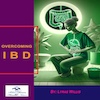 Overcoming IBD
Overcoming IBD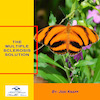 Multiple Sclerosis
Multiple Sclerosis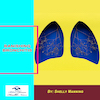 Banishing Bronchitis
Banishing Bronchitis Gum Disease Gone
Gum Disease Gone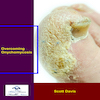 Overcoming Onychomycosis
Overcoming Onychomycosis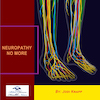 Neuropathy No More
Neuropathy No More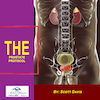 The Prostate Protocol
The Prostate Protocol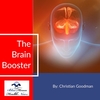 Brain Booster
Brain Booster
 Ironbound
Ironbound
 Solution for Shingles
Solution for Shingles
 The Bone Density Solution
The Bone Density Solution
 The Ultimate Healing Protocol
The Ultimate Healing Protocol
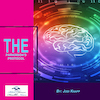 The Parkinson's Protocol
The Parkinson's Protocol
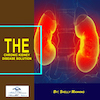 The Chronic Kidney Disease Solution
The Chronic Kidney Disease Solution
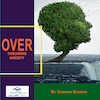 Overthrowing Anxiety
Overthrowing Anxiety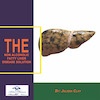 The Fatty Liver Solution
The Fatty Liver Solution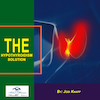 The Hypothyroidism Solution
The Hypothyroidism Solution
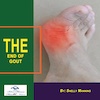 The End of Gout
The End of Gout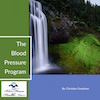 The Blood Pressure Program
The Blood Pressure Program
 The Oxigized Cholesterol Strategy
The Oxigized Cholesterol Strategy
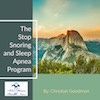 Stop Snoring And Sleep Apnea Program
Stop Snoring And Sleep Apnea Program
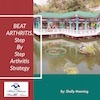 The Arthritis Strategy
The Arthritis Strategy The Vertigo & Dizziness Program
The Vertigo & Dizziness Program The 3-Step Diabetes Strategy
The 3-Step Diabetes Strategy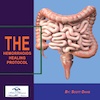 Hemorrhoids Healing Protocol
Hemorrhoids Healing Protocol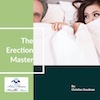 The Erectile Dysfunction Master
The Erectile Dysfunction Master Weight Loss Breeze
Weight Loss Breeze The IBS Program
The IBS Program The Insomnia Program
The Insomnia Program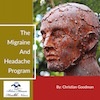 The Migraine and Headache Program
The Migraine and Headache Program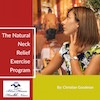 The Neck Pain Solution
The Neck Pain Solution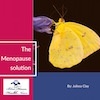 The Menopause Solution
The Menopause Solution The Ejaculation Master
The Ejaculation Master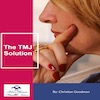 The TMJ Solution
The TMJ Solution The Acid Reflux Solution
The Acid Reflux Solution The Fibromyalgia Solution
The Fibromyalgia Solution The Psoriasis Strategy
The Psoriasis Strategy